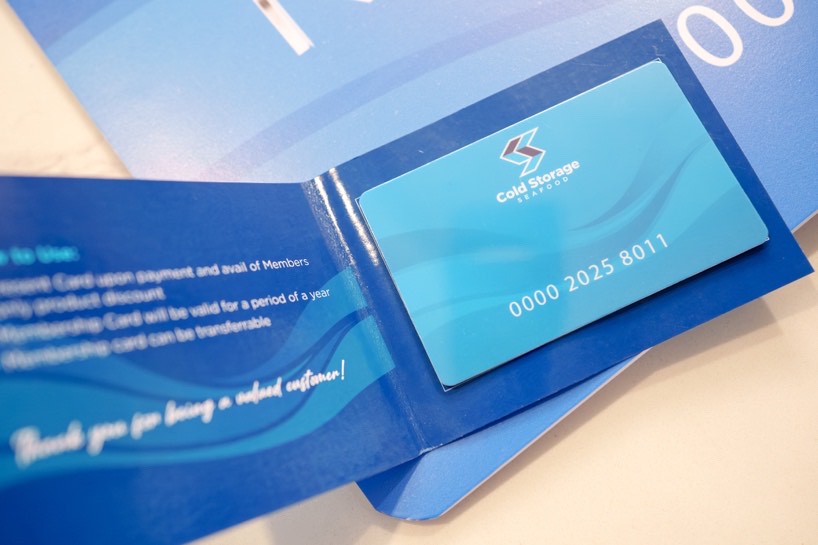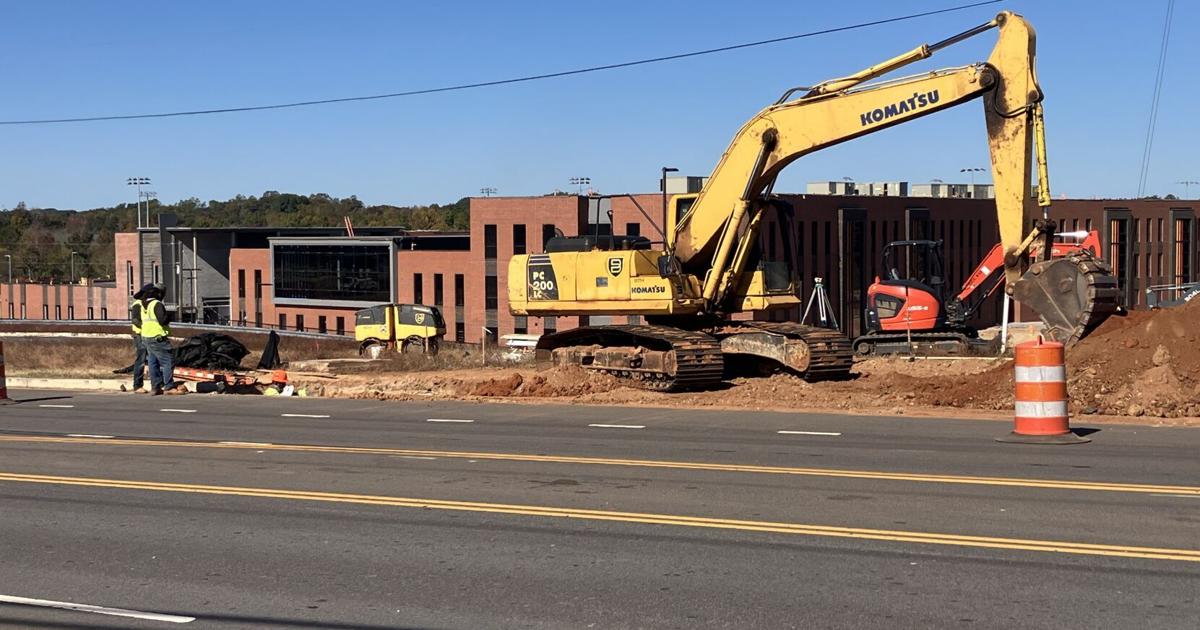Copyright Kiplinger

If you plan to work while collecting Social Security benefits before reaching your Full Retirement Age (FRA), you need to understand the Social Security Earnings Test (officially called the Retirement Earnings Test). This rule allows the Social Security Administration (SSA) to temporarily withhold a portion of your benefits if your earnings exceed a set annual limit. This surprise deduction often catches retirees off guard, significantly straining their budget and savings plans. Who does the earnings test affect? The earnings test applies to beneficiaries who are working and collecting Social Security retirement or survivor benefits and have not yet reached their Full Retirement Age (FRA). Once you reach your FRA, the test no longer applies, and you can earn any amount of money without having your Social Security benefits reduced. If you are under your FRA: Your benefits are subject to the test. In the year you reach FRA: The earnings limit disappears. You can work and earn any amount of income without affecting your Social Security benefits. The SSA uses two different earnings limits for those working and collecting benefits, depending on how close you are to your FRA. The limits typically increase each year and are announced by the SSA in conjunction with the COLA and wage tax cap in mid-October. The two earnings limits for 2025 and 2026 The specific dollar limits and the withholding rate depend on how close you are to your FRA. An example of how the withholding works Assume your Full Retirement Age is 67, and you are 64 in 2025 (under FRA all year). Annual limit in 2025: $23,400 Your earnings: $30,000 Excess earnings: $30,000 (earnings)−$23,400 (annual limit) =$6,600 Benefits withheld (at the $1 for $2 rate): $6,600/2=$3,300 The SSA would temporarily withhold a total of $3,300 from your scheduled benefits for the year. This is typically done by withholding entire monthly checks until the total reduction is met. Remember, not only will the reduction go away when you reach FRA, but you will also recoup any benefits lost to the reduction when you reach your FRA. More about that below. The crucial recalculation: withheld money is not lost The most misunderstood aspect of the Earnings Test is whether the withheld money is lost forever. The good news is that it is only temporarily withheld. Once you reach your FRA, the SSA performs a recalculation, increasing your future monthly benefit to credit you for all the months of benefits that were previously withheld. Essentially, the Earnings Test trades a temporary benefit reduction now for a permanent increase in your monthly benefit later. The net result is that you receive the total value of your retirement benefits over your remaining lifespan. While it may not be preferable to have a portion of your Social Security benefits withheld until after you reach your FRA, this happens in the context of you being currently employed. As they say, forewarned is forearmed — you can plan for and around that reduced benefit until you hit your FRA. What counts as "earnings"? The Earnings Test is based solely on earned income. The special first-year rule The SSA has a special earnings rule for the first year you claim benefits. This helps those who retire mid-year after having already earned well over the annual limit. Under this rule, you can get a full Social Security check for any whole month you’re retired, regardless of your yearly earnings. In your first year of claiming, the SSA can apply a monthly test. If you do not earn more than a specific monthly limit, $1,950 in 2025, for those under FRA all year, the SSA considers you "retired" for that month and will pay you a full benefit check, regardless of your total annual earnings from the months before you filed. This limit will increase by $90 to $2,040 in 2026. If you reach FRA in 2025, you are considered retired in any month in which your earnings are $5,180 or less and you did not perform "substantial services in self-employment." In 2026, that number goes up to $5,430. What the SSA considers "substantial services in self-employment": devoting more than 45 hours a month to the business, or between 15 and 45 hours to a business in a highly skilled occupation, or managing a sizable business. However, if you work less than 15 hours a month, you’re considered retired. Working may defer some of your benefits, but will not reduce your benefits If you are worried about losing some of your benefits because of the earnings test if you work after claiming Social Security, I hope you are relieved to know it's just a matter of time before you collect those 'lost' benefits. When you hit your FRA, your monthly benefit will be recalculated and raised to reflect all of the money temporarily withheld under the earnings test.



